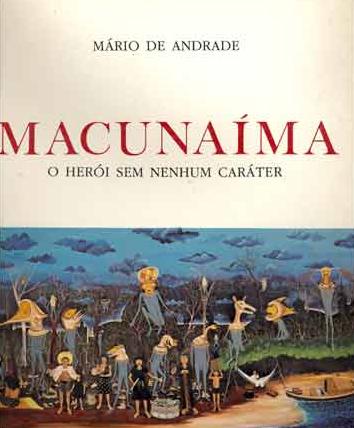 An open collection of digitized popular sheet music from the eighteenth through the twentieth centuries, Sheet music consortium is hosted by the UCLA Digital Library Program, which provides an access service to sheet music records at the host libraries. Each of the over 100,000 entries includes full bibliographic information; links to further resources, such as full reproductions, may be provided depending on the host institution.
An open collection of digitized popular sheet music from the eighteenth through the twentieth centuries, Sheet music consortium is hosted by the UCLA Digital Library Program, which provides an access service to sheet music records at the host libraries. Each of the over 100,000 entries includes full bibliographic information; links to further resources, such as full reproductions, may be provided depending on the host institution.
The consortium members are the Archive of Popular American Music at the University of California, Los Angeles; IN Harmony: Sheet Music from Indiana at Indiana University; the Lester S. Levy Collection of Sheet Music at Johns Hopkins University; and the Historic American Sheet Music collection at Duke University.
Related Articles
- Find Forgotten Music Through Sheet Music Libraries (sheetmusiclibraries.blogspot.com)










